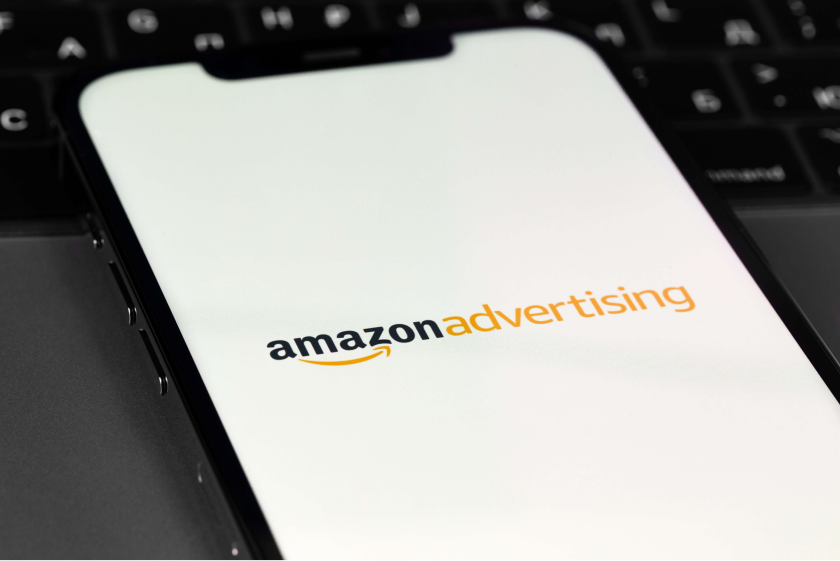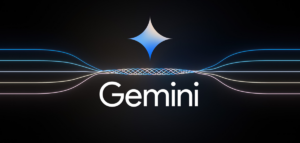
AI News of November
Catch the latest AI news of November. Get on track and elevate your AI marketing strategies with the emerging tech. Amazon is getting ready to launch AI-powered image generation tool for the surprise of Amazon advertisers, it streamlines the process of resonating ad creation. Google on the other hand is fighting against misinformation led by AI-generated images with the toolbox it is launching. Don’t miss out on the buzz and stay connected to supercharge your marketing strategies with AI power.

Will Amazon’s New AI-Powered Tool Be an Ad Creative Breakthrough
Amazon is rolling out an AI-powered image generation tool to empower advertisers and enhance their ad creation. The tool is currently in beta testing, select advertisers can use it. Yet the tool will progressively become widely accessible. Advertisers can upload images, describe desired backgrounds, select themes, and click “Generate.” They can also refine images with additional text prompts and test multiple versions for optimization.
For example, Amazon demonstrates this tool with an image of a toaster placed on a kitchen table adorned for autumn with fall leaves and a bright orange pumpkin, even though it’s not without imperfections.
The new AI-powered tool by Amazon aims to boost ad performance. The tool enables brands to feature their products in lifestyle contexts. This enablement has a potential of up to 40% increase in click-through rates. Nestlé, Unilever, and many other brands are starting to embrace generative AI to streamline ad creation.
Colleen Aubrey of Amazon Ads Products and Technology, says it is incredibly important to simplify creative production processes. Streamlining can reduce costs for brands and the need for additional expertise.
The tool stands out with its user-friendliness. The image generation tool supports advertisers of all sizes. And also it helps advertisers create brand-themed images with a few clicks. It’s accessible through the Amazon Ad Console, where advertisers can generate lifestyle and brand-themed images based on product details, fine-tune them with text prompts, and test multiple versions for optimization.
The aim is simple: to make the ad creation process smoother. Amazon’s image generation tool enables businesses to produce engaging and effective product listings with minimal effort. The availability of the image generation tool is expected to expand, and the company plans to do so also. The expansion will take place based on feedback from select advertisers.
Long story short, this tool is all about ad creation process simplification. This simplification enhances ad performance. Now it is easier for advertisers to create captivating lifestyle images that resonate better with their customers.

Google Is Fighting Against AI-Led Misinformation: Tools for Image Verification
Google is launching a new set of tools that hopefully will fight the spread of misinformation. These tools are designed to detect AI-led misinformation through images shared on social media. Users will receive additional context about images they encounter with the help of these tools so that the additional info will expectedly stop or decrease the spread of false or inaccurate information.
The toolbox includes several features. For instance, inspecting an image’s history, metadata, and the context in which the image was used on other websites will be possible via the new tools. Google has now made these “About this image” functions accessible to English language users globally.
The toolbox allows users to determine when Google Search identified the image for the first time. So this feature will provide insights into the image’s recency. Users can also now have knowledge of others who have described the image on different websites. Again this feature aims at helping in debunking false claims.
The company underlines that with these new tools, users can examine metadata when available. Which is crucial because metadata can indicate if an image is AI-generated. Notably, Adobe and other companies have introduced symbols to denote AI-generated images.
To access these image tools, users can click the three-dot menu within Google Images results or opt for the “more about this page” choice within the “About this result” tool available via the three-dot menu. Google is in the search for additional access methods.
Moreover, Google is empowering approved journalists and fact-checkers to upload or copy image URLs for verification through the FaceCheck Claim Search API. This feature allows users to reach critical information like fact-checks, references, and other image-related details.
More so, Google is delving into generative AI to describe sources. Their generative AI endeavors will particularly focus on describing sources like unfamiliar sellers or obscure blogs. Users who choose to participate in the Search Generative experience (SGE) will be privy to AI-generated information about sites, including citations from “high-quality” websites. Google’s AI steps in to provide information when details are absent from Wikipedia or the Google Knowledge Graph.
It is increasingly getting easier to create images through generative AI. So it is increasingly more important for companies to actively develop technology to provide more extensive image information to keep up.
Adobe, for example, unveiled an open-source toolkit for verifying image credentials in June, while X introduced Community Notes to facilitate crowd sourced fact-checking of images and videos.
The aim of these tools is to meet the escalating demand for content verification, with a 2023 study by the Poynter Institute’s MediaWise revealing that 70% of respondents lack confidence in authenticating and ensuring the reliability of online images. Google is definitely committed to enhancing these tools. They are determined to boost public confidence when navigating the online landscape.




















